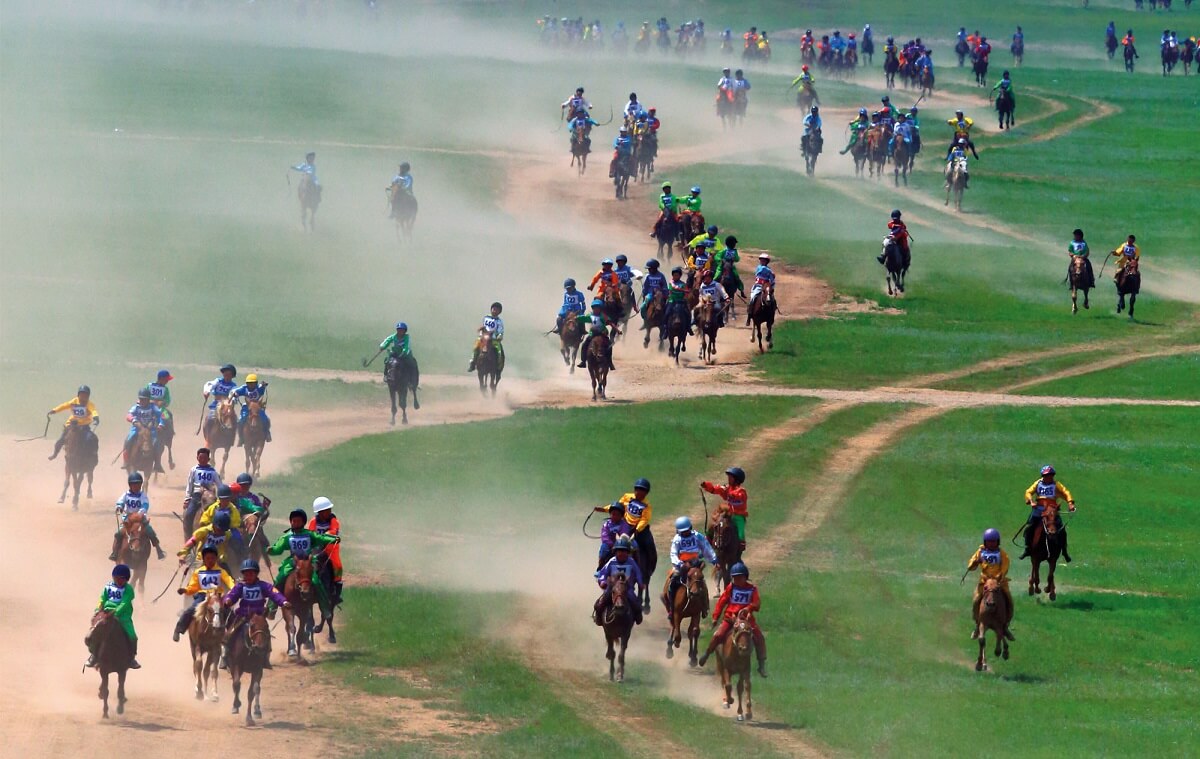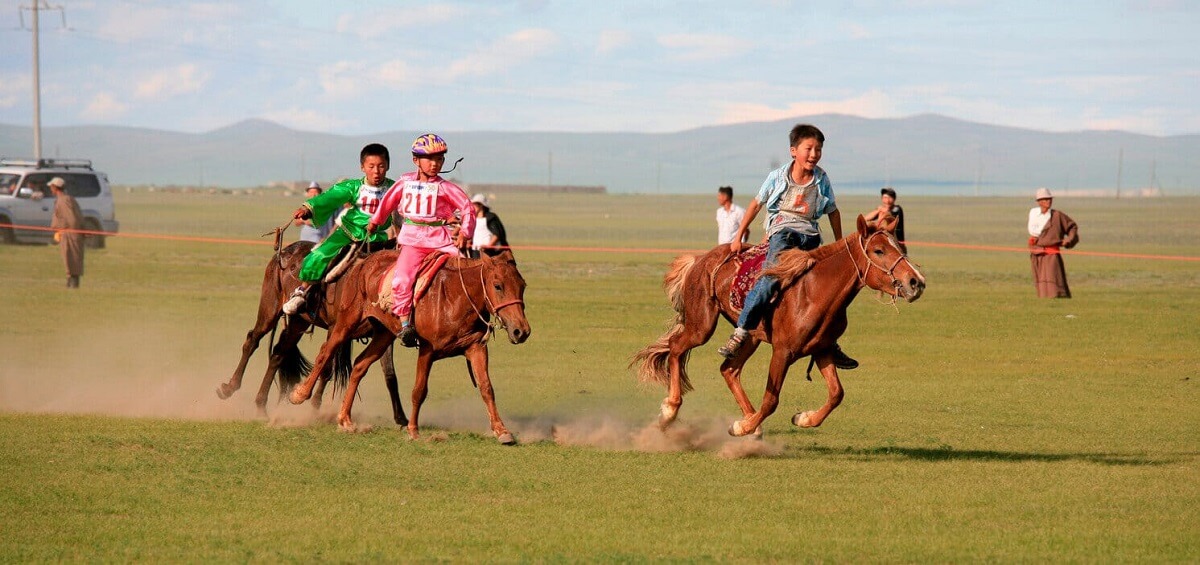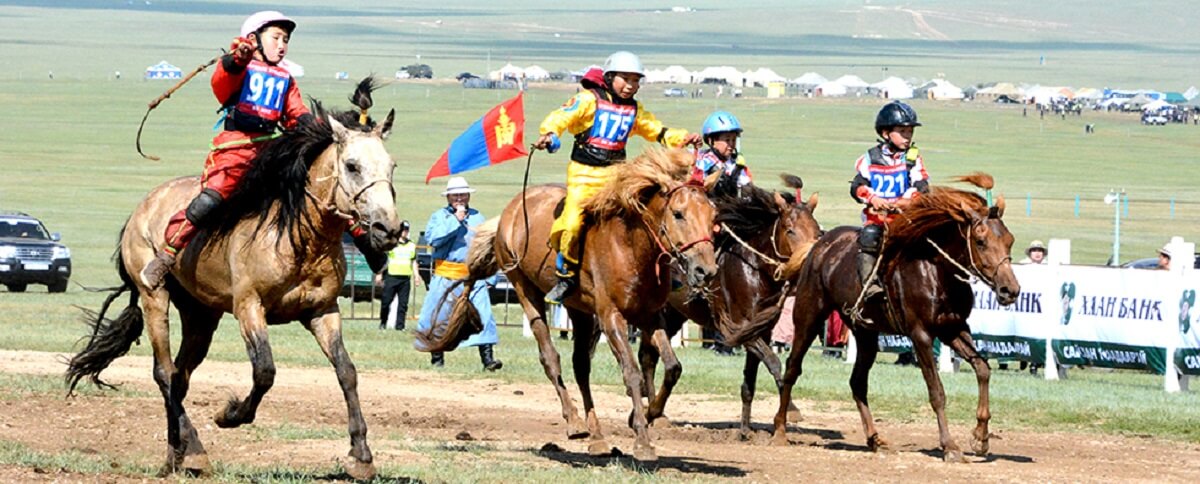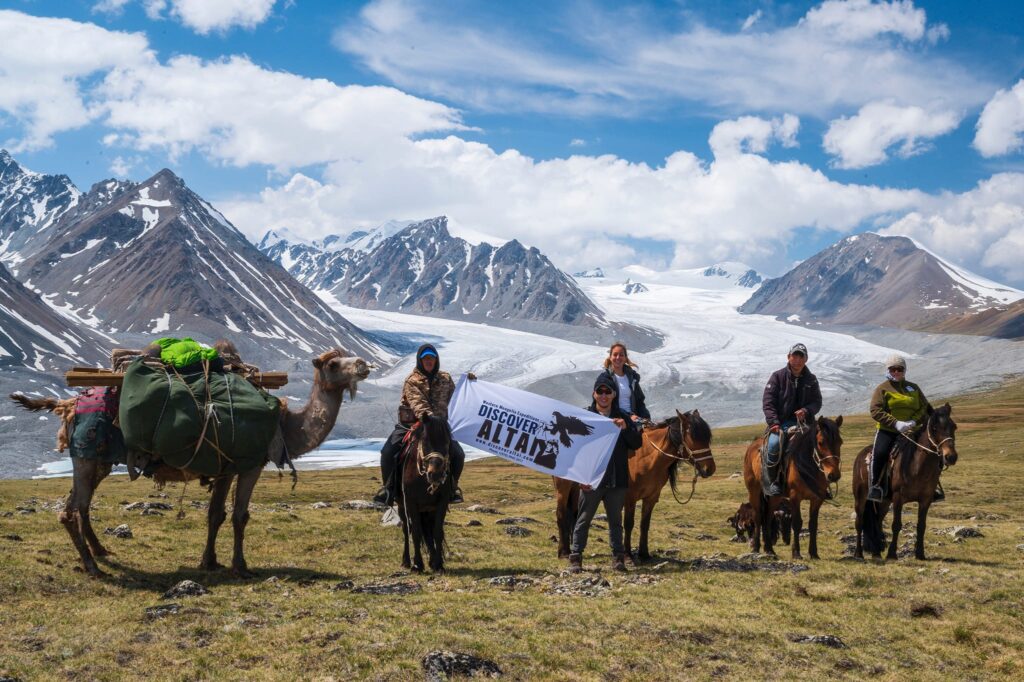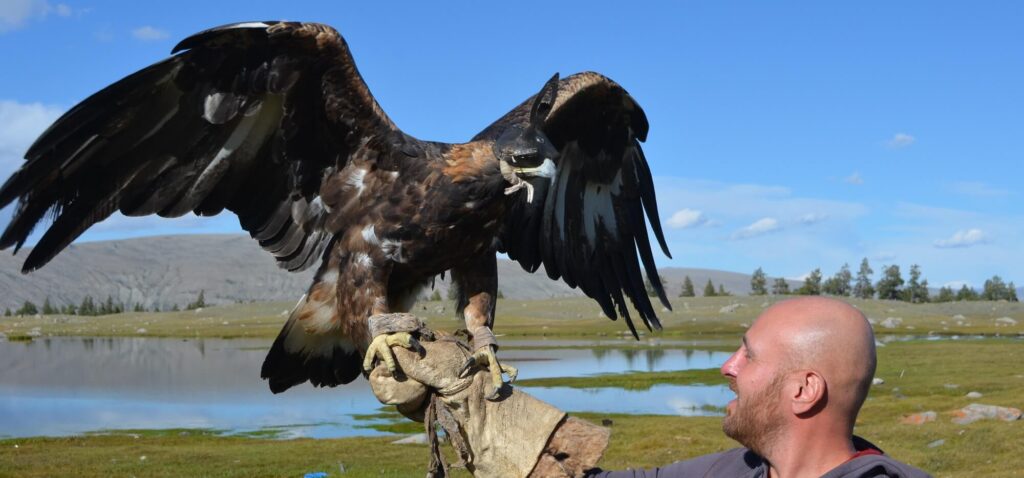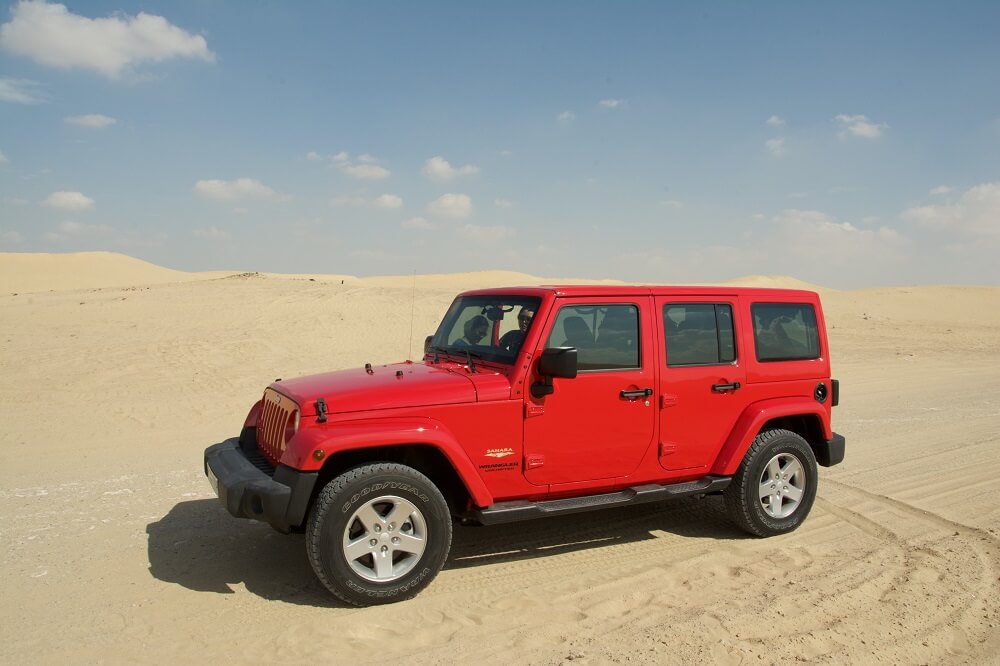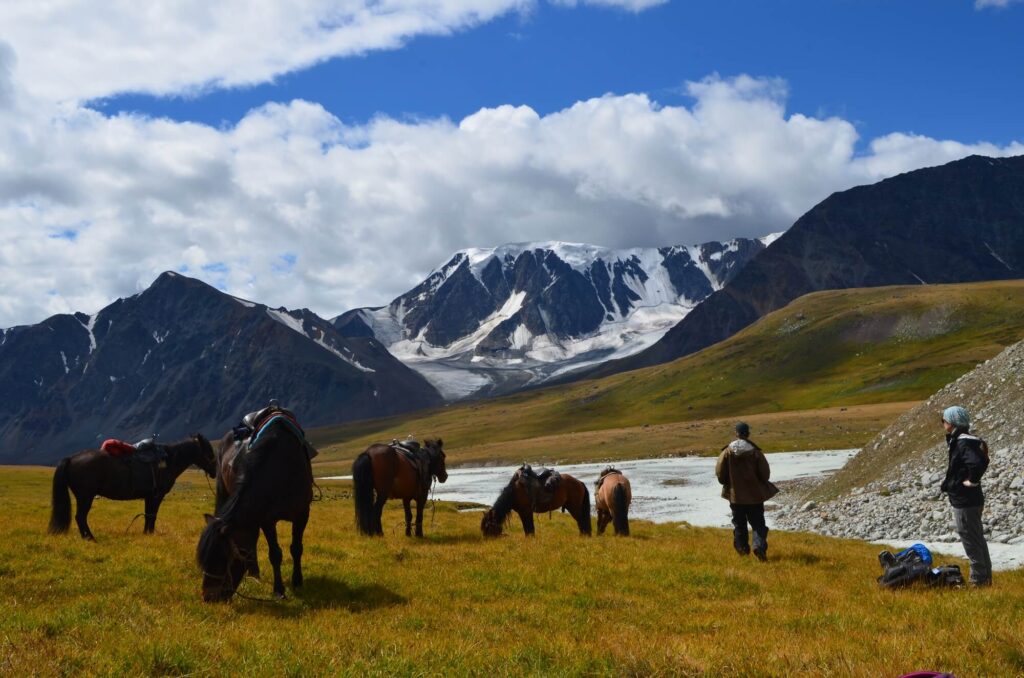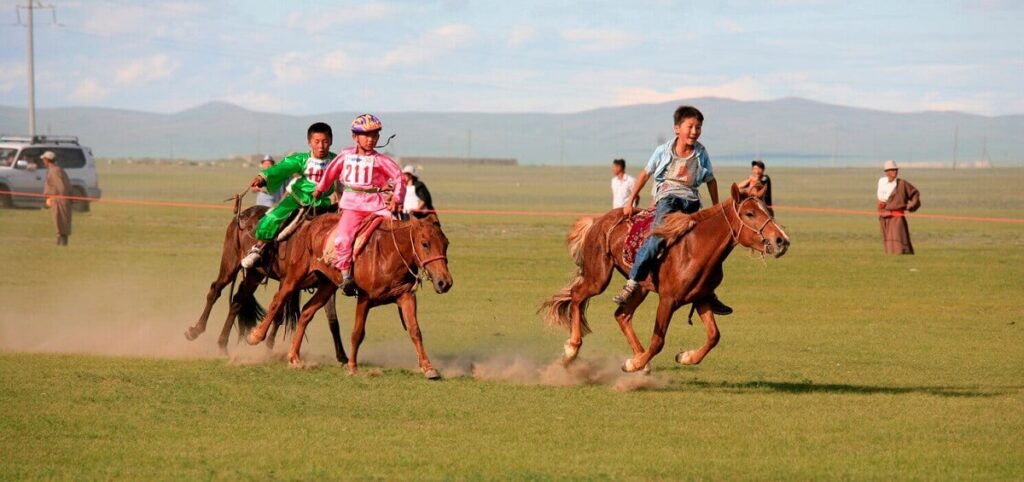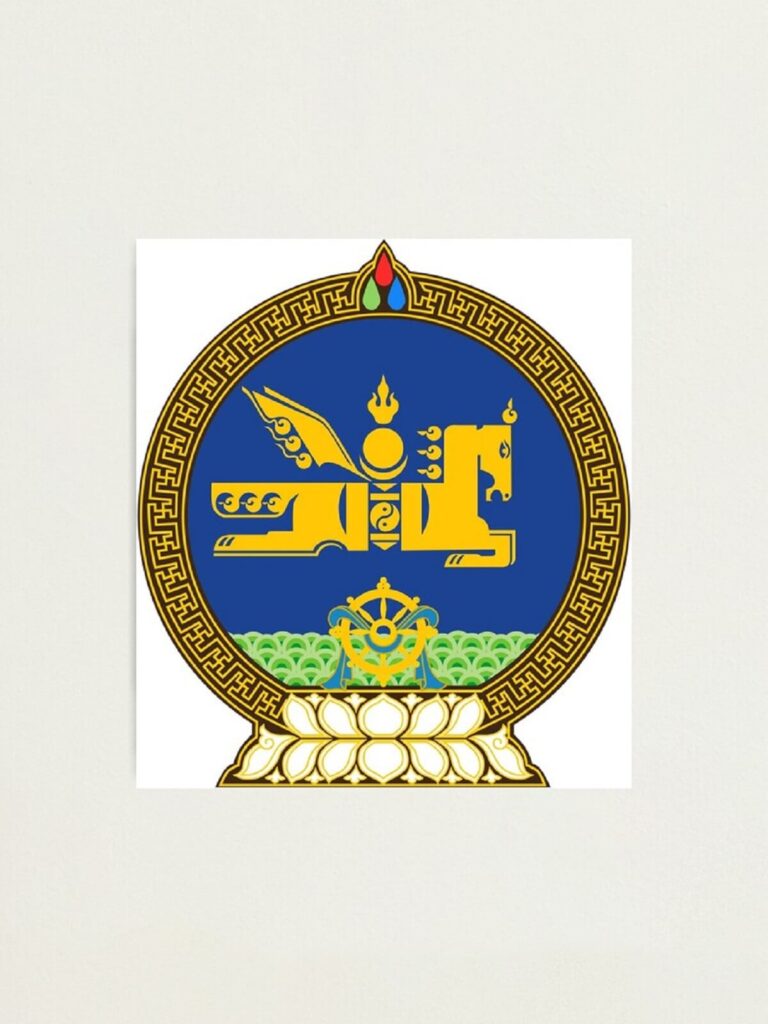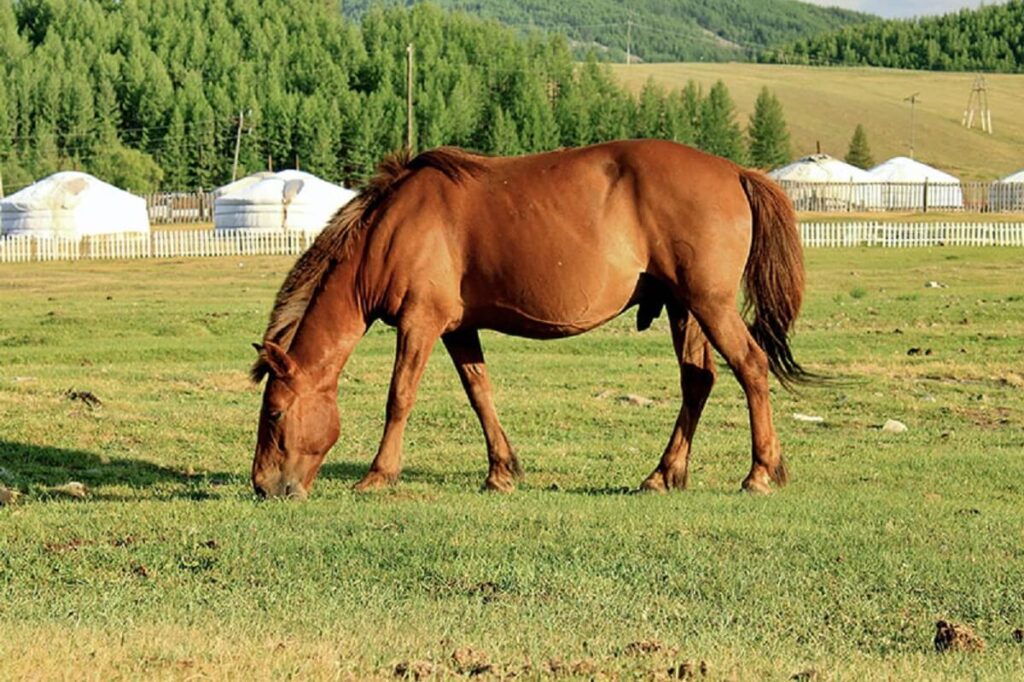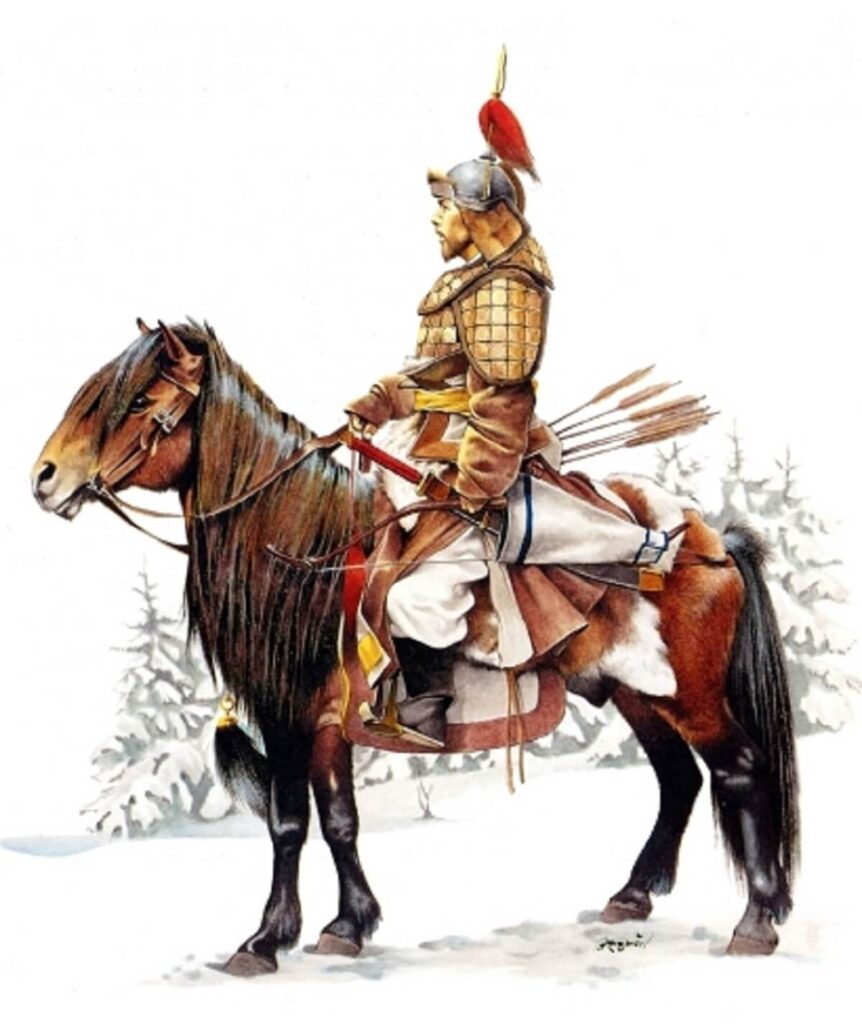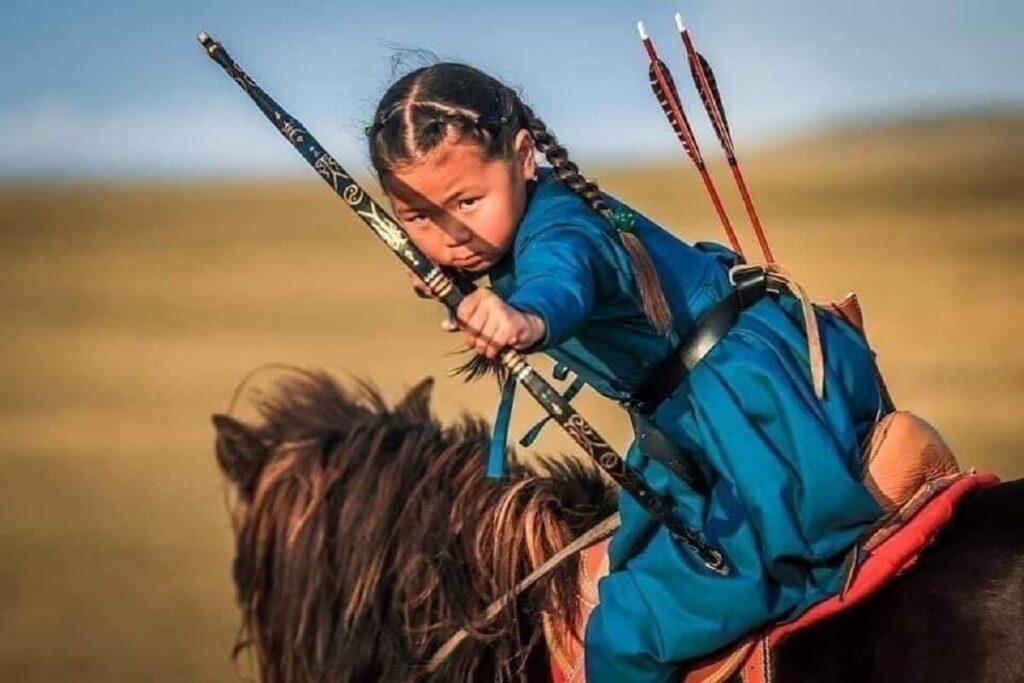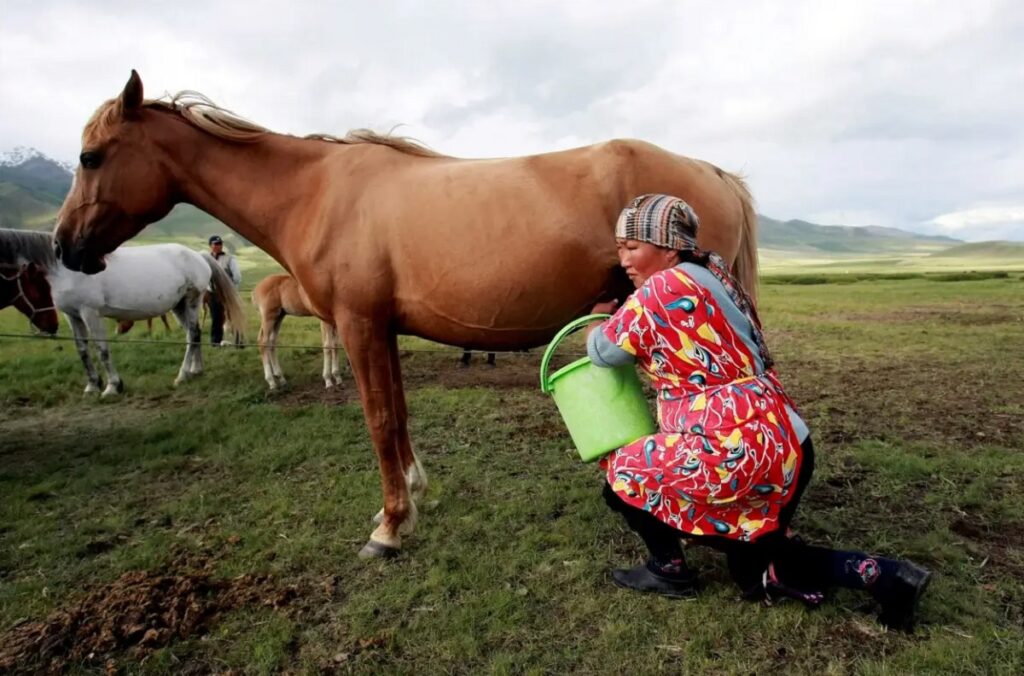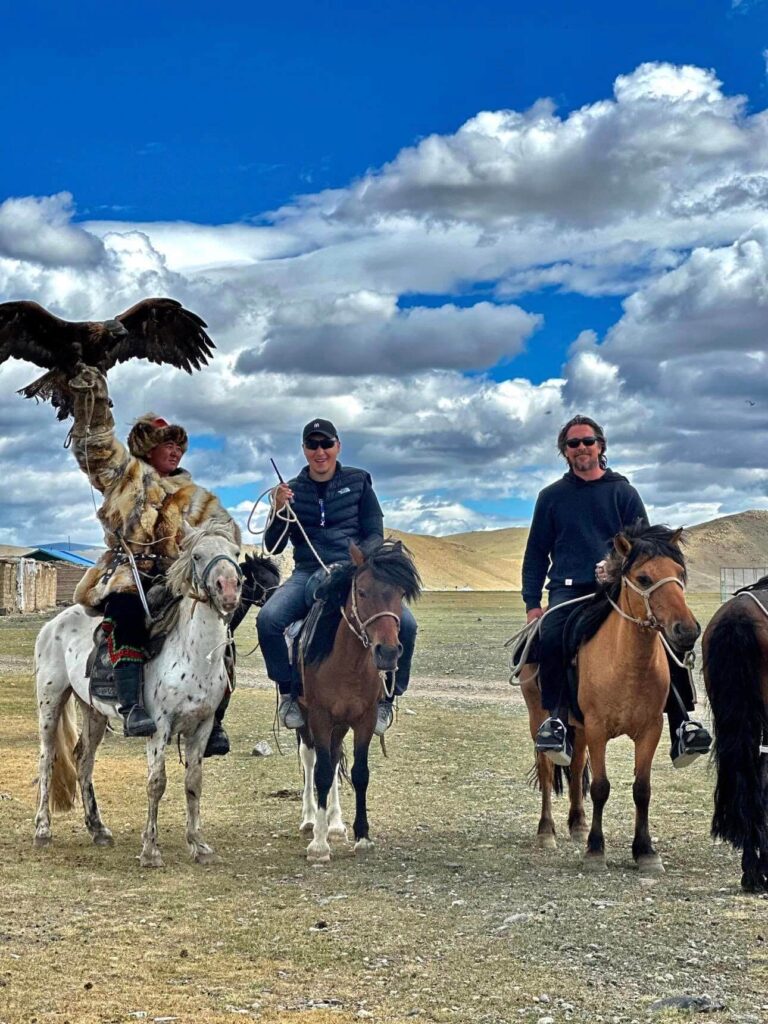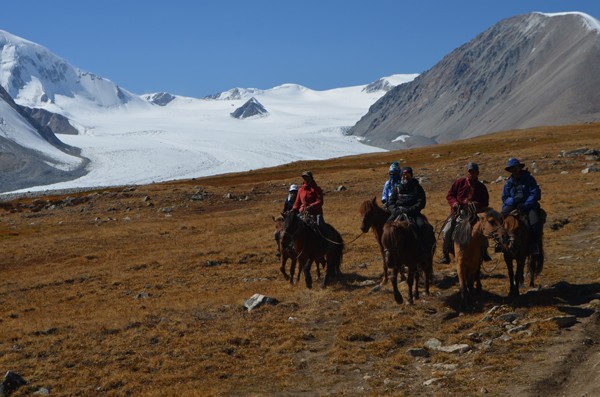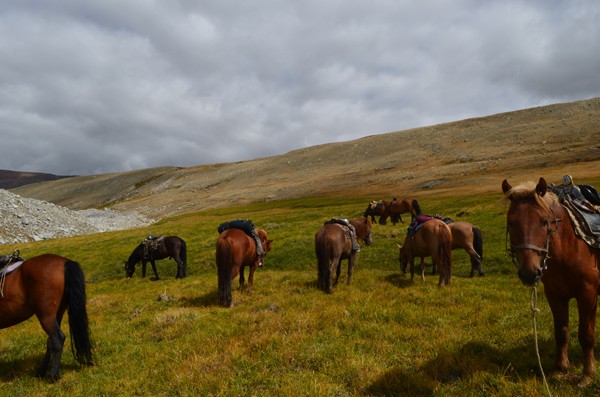Mongolian horse racing is a captivating and ancient tradition deeply rooted in Mongolia’s nomadic culture. It’s much more than just a sport; it is a celebration of the skills and endurance both of horses and their riders.
The traditions surrounding Mongolian horse racing stretch back centuries, making it a vital part of Mongolia’s cultural heritage. Today, this tradition continues, blending ancient practices with modern competitions.
We offer you MONGOLIA HORSE TREKKING TOUR. Come and enjoy the Mongolia Horse Riding Tour. Mongolia is home to the last nomads. Mongolian Horses are the most important part of nomadic life. It will be wonderful 🤩🤩
The Tradition
Mongolian horse racing differs significantly from Western horse racing. One of the most notable differences is the race’s length. Races can cover distances ranging from 15 to 30 kilometers, depending on the age of the horses.
This contrasts sharply with Western races, which are usually no more than 2 kilometers long. The vast, open grasslands of the Mongolian steppe provide a natural racetrack, offering a challenging and rugged terrain that tests the endurance of the participating horses.
Another unique aspect of Mongolian horse racing is the age of the jockeys. Riders can be as young as five years old and typically do not compete beyond their early teens.
This tradition underscores the deep trust and bond between the young riders and their horses, as well as the early start in the nomadic lifestyle for Mongolian children.
The horses used in these races are also a breed apart, known for their stamina and resilience. Mongolian horses are smaller and stockier than their thoroughbred counterparts, bred to withstand the harsh climates and challenging landscapes of Mongolia.
These horses are not just racing athletes; they are also working animals and companions in the daily lives of the Mongolian people.
The Naadam Festival
The most famous event that showcases Mongolian horse racing is the Naadam Festival, held annually in July. Naadam, which means “games,” is a national festival that includes not only horse racing but also archery and wrestling.
It’s a time for communities to come together, celebrate their heritage, and showcase the skills that have been honed over generations.
During Naadam, horse races are highly competitive and are a source of great pride for the trainers and riders. The festival’s atmosphere is festive and vibrant, with colorful dress, traditional music, and a wide array of Mongolian cuisine.
The race itself is thrilling, with spectators often riding alongside the competitors, cheering for their favorites.
Modern Competitions
While tradition still plays a significant role in Mongolian horse racing, modern elements have been incorporated into the competitions.
Today, races are organized with more formal rules and structures. There are specific categories for different age groups of horses, and safety regulations are more strictly enforced to protect both the young jockeys and their mounts.
Technology has also made its way into the sport. Some races are now televised, and drones are used to film the events, providing spectacular aerial views of the races and making the sport accessible to a global audience.
Moreover, international interest in Mongolian horse racing has grown. This has led to more structured breeding programs and an increased focus on the preservation of the Mongolian horse breed, which is considered a national treasure.
Conclusion
Mongolian horse racing is a blend of endurance, tradition, and community. It is a sport that teaches respect for nature and the animals that share our lives.
For the Mongolian people, horse racing is more than just a competition; it is a link to their past and a living expression of their cultural identity.
As it evolves, the tradition of Mongolian horse racing continues to capture the imagination of people around the world, symbolizing freedom, endurance, and the enduring spirit of Mongolia.

